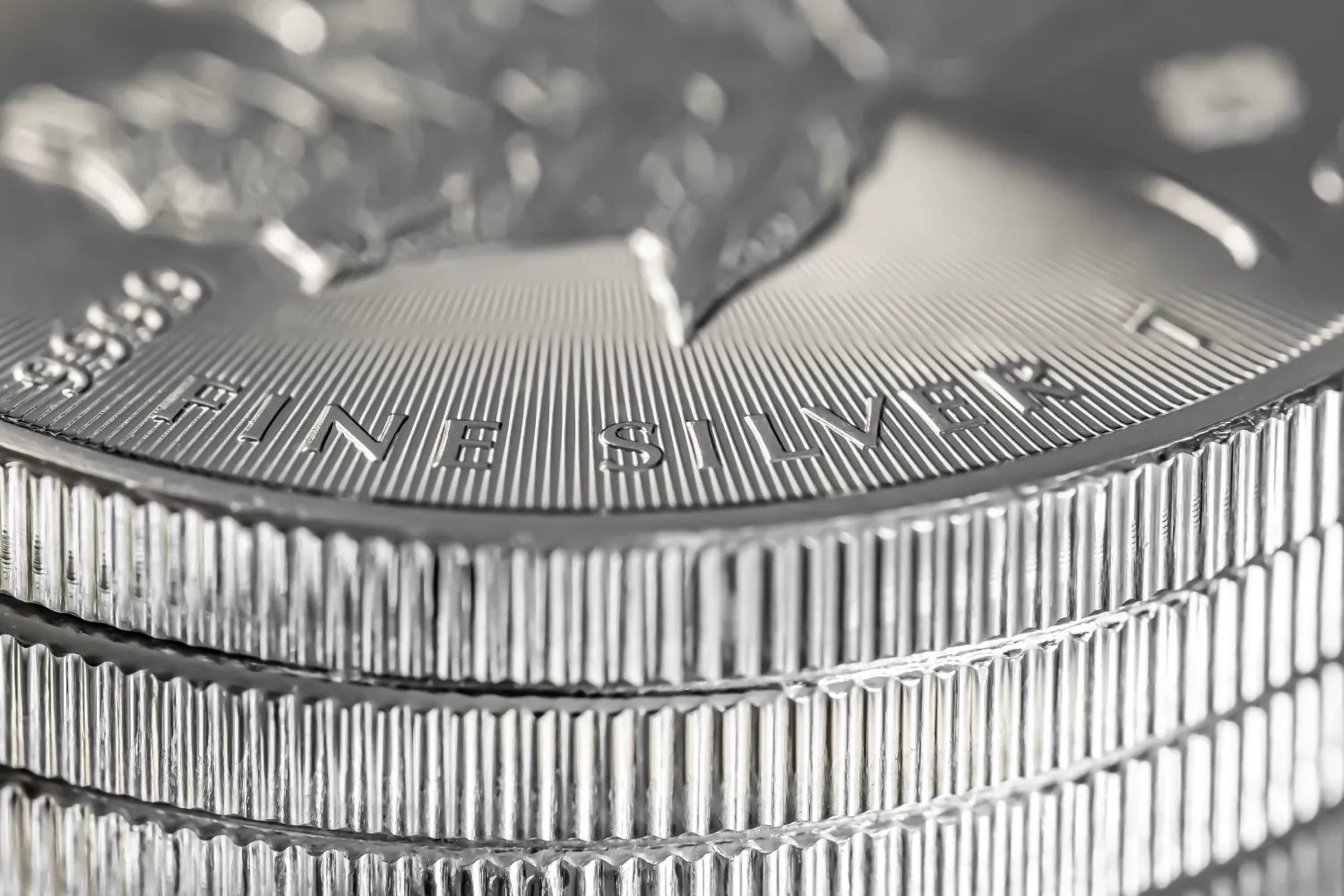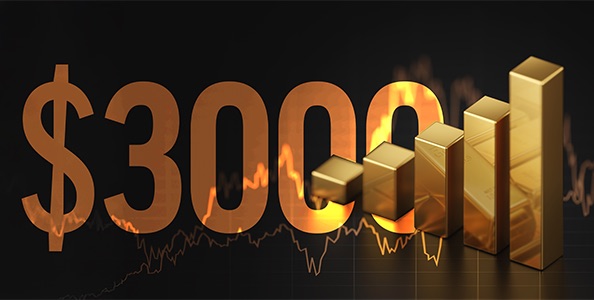- The value of the dollar continues to decline as it is challenged by the prospect of new currencies
- Shifting to a multi-polar global economy with a BRICS+ currency could have devastating effects on the dollar and the US
- You can defend and potentially grow your portfolio with a tax-advantaged Gold IRA.
Decline of the Dollar
As the dollar is rapidly losing value, the BRICS+ alliance is aiming to challenge its position as the world’s reserve currency. According to the Federal Reserve, the U.S. dollar has lost 97% of its purchasing power since 1913, leaving only 3% of its original value. What cost $1 in 1913 would now cost around $30. The global shift away from the dollar is positioning gold as the ultimate winner in this economic transformation. Owning physical precious metals offers a way to safeguard your finances from the consequences of this changing economic landscape.1
Lynette Zang is CEO of Zang Enterprises. She stated that the dollar’s 3% purchasing power in 2024 could turn to zero in 2025. Zang pointed to the FRED’s chart showing the Purchasing Power of the Consumer Dollar in U.S. City Average, stating that even the Federal Reserve tells you the greenback can approach zero. Hyperinflation and job losses could result from such a drop.
“I believe with all my heart and everything that I know that we’ve already begun the transition to hyperinflation,” Zang said. “We’re going to see more borrowing, more money printing, more inflation because they have not killed that beast that they created and continue to create,” she stated.2
Growing BRICS+ Challenge
The BRICS+ Alliance began with four nations – Brazil, Russia, India, and China. South Africa then joined to add the ‘S’. Four additional countries joined in January 2024 with 24 others informally expressing interest in joining. And now another 23 countries applied to join before the BRICS+ alliance summit in October.
.
 3
3
The countries are all emerging economies from the ‘Global South’ that are eager to flee dollar dominance. They want to defend against a dollar that has been weaponized by sanctions. The alliance members also want to fortify their own economic interests as the world shifts from a single superpower, the US, to a more multi-polar world.
According to the Atlantic Council’s Dollar Dominance Meter, the global share of U.S. dollar reserves has fallen since 2002, the first full year of the BRICS alliance. Until recently, nearly 100 percent of oil trading was conducted in U.S. dollars; however, in 2023 one-fifth of oil trades were reportedly made using non-U.S. dollar currencies. The undermining of the petrodollar erodes one of the pillars of dollar support. 4
BRICS+ Summit
The next BRICS summit will take place in Russia on October 22nd. The summit agenda will focus on accelerating de-dollarization. The alliance is primed to announce a de-dollarization roadmap. There is speculation that they will unveil key developments in ditching the dollar for trade and reserves.
A new report states that the bloc is “expected to introduce a multicurrency platform along with a roadmap for a gold-backed BRICS trading currency.”

Among the expected announcements is the launch of a new BRICS Pay system. It would provide an alternative to SWIFT, a cross-border payment platform dominated by US dollars. Russia was barred from SWIFT after its Ukraine invasion. The new system will use local ‘digital dollars’ to simplify and speed up trade for members, free from Western influence.
There is even more anxiety surrounding the potential creation of a BRICS currency. Preparing for such a launch might explain why BRICS countries have been stockpiling gold reserves at a record pace in recent years. If it happens, not only would trade between members accelerate, but it will also effectively eliminate the need for the U.S. dollar on a global scale.
The ramifications of such a demand loss could be catastrophic to the U.S. economy. It would also weaken U.S. global influence and the standing of the dollar as the global reserve currency. According to the Atlantic Council, the U.S. dollar is used in approximately 88 percent of currency exchanges, and 59 percent of all foreign currency reserves held by central banks. That may all come to an end. Especially if a BRICS currency sparks the launch of other competing currencies. 5
Devalued Dollar, BRICS+, and Gold
The devalued dollar and the growing strength of the BRICS+ may give gold strong tailwinds. A devalued dollar leads to higher gold prices because when the dollar weakens, it takes more dollars to buy the same amount of gold, making gold more expensive.
And if a BRICS+ currency is backed by gold, as suggested by Putin, the demand for gold would surge, driving its price higher. As of now, the BRICS+ nations account for more than 20 percent of all the gold held in the world’s central banks. Russian, India, and China rank in the top 10 for central bank gold holdings. They are perfectly positioned to capitalize on a new gold-backed currency.
Conclusion
The world is experiencing a major economic shift in real time, with the dominance of the dollar fading as challengers like the BRICS+ alliance emerge. The full impact of the global economy moving toward a multi-currency system is still unknown, but the decline of the dollar is clearly linked to the rise of these new currencies. This change is accelerating, making it crucial to act now before it’s too late to safeguard your dollar-based savings. Gold is expected to reach record highs as part of this shift, and you can benefit by moving a portion of your portfolio into a tax-advantaged Gold IRA. Contact us today at 800-462-0071 to learn more.
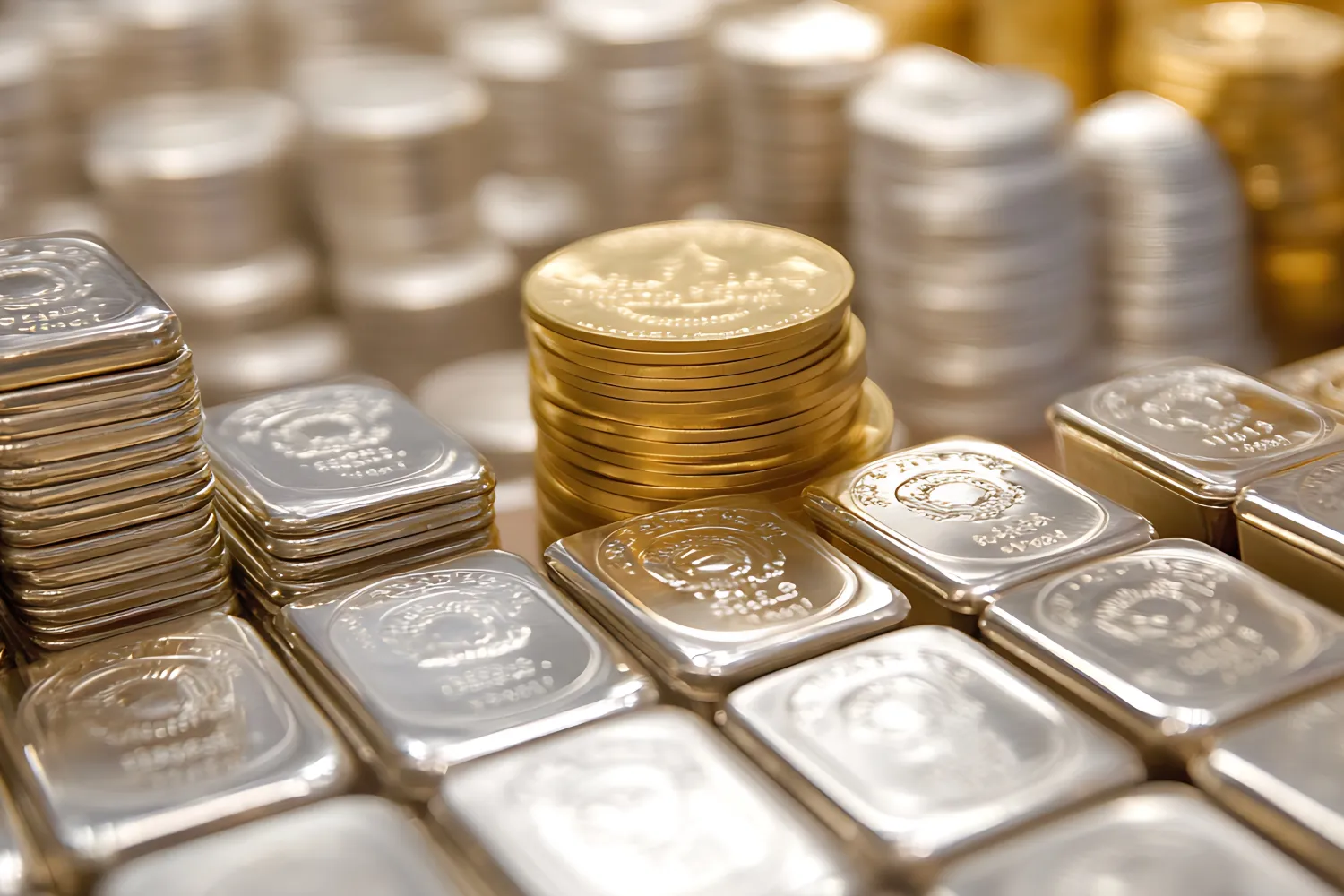
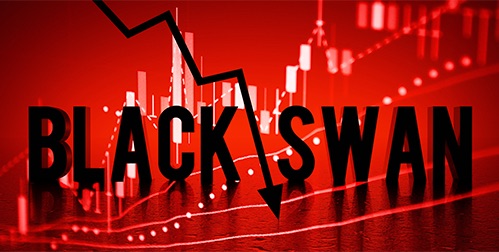
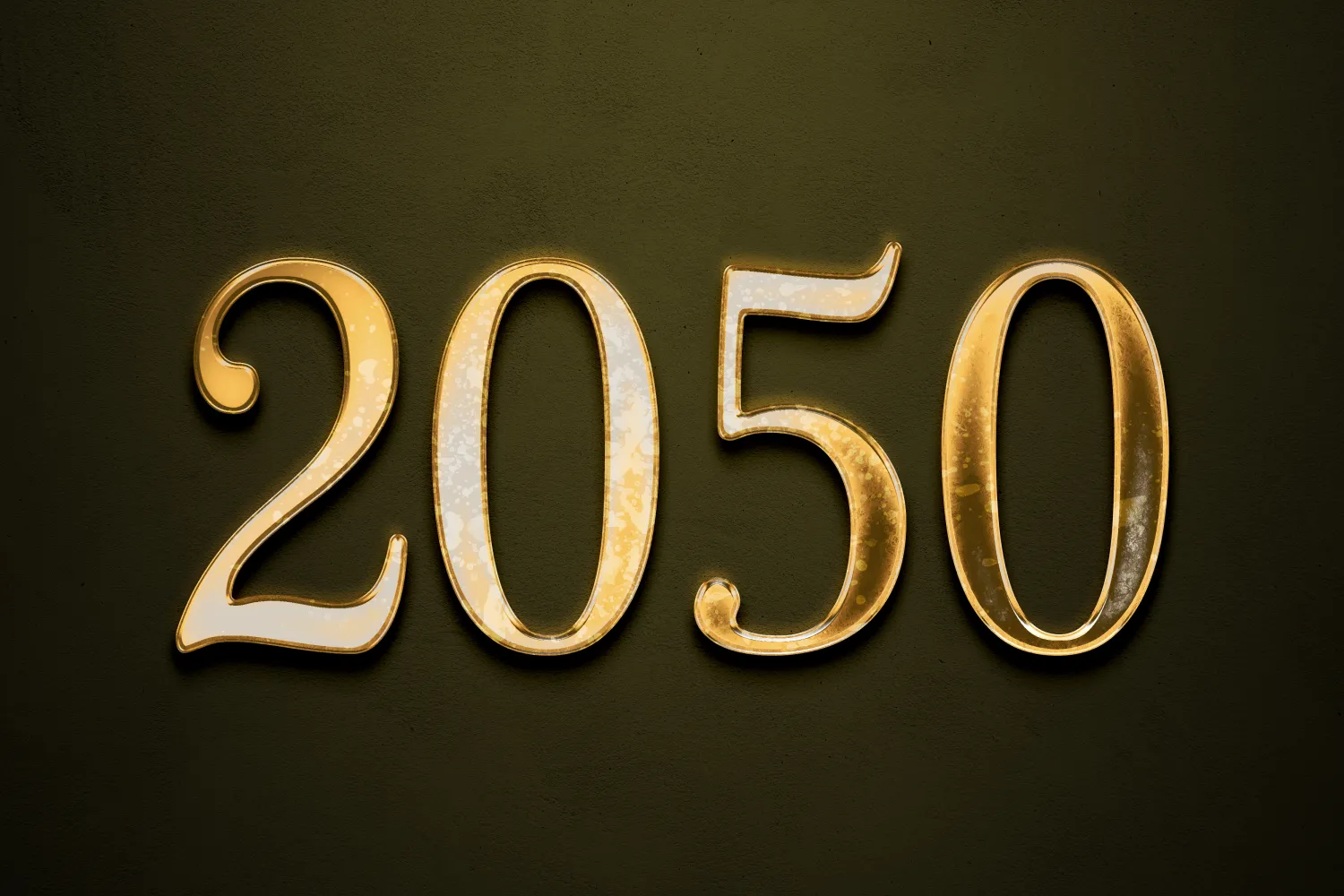
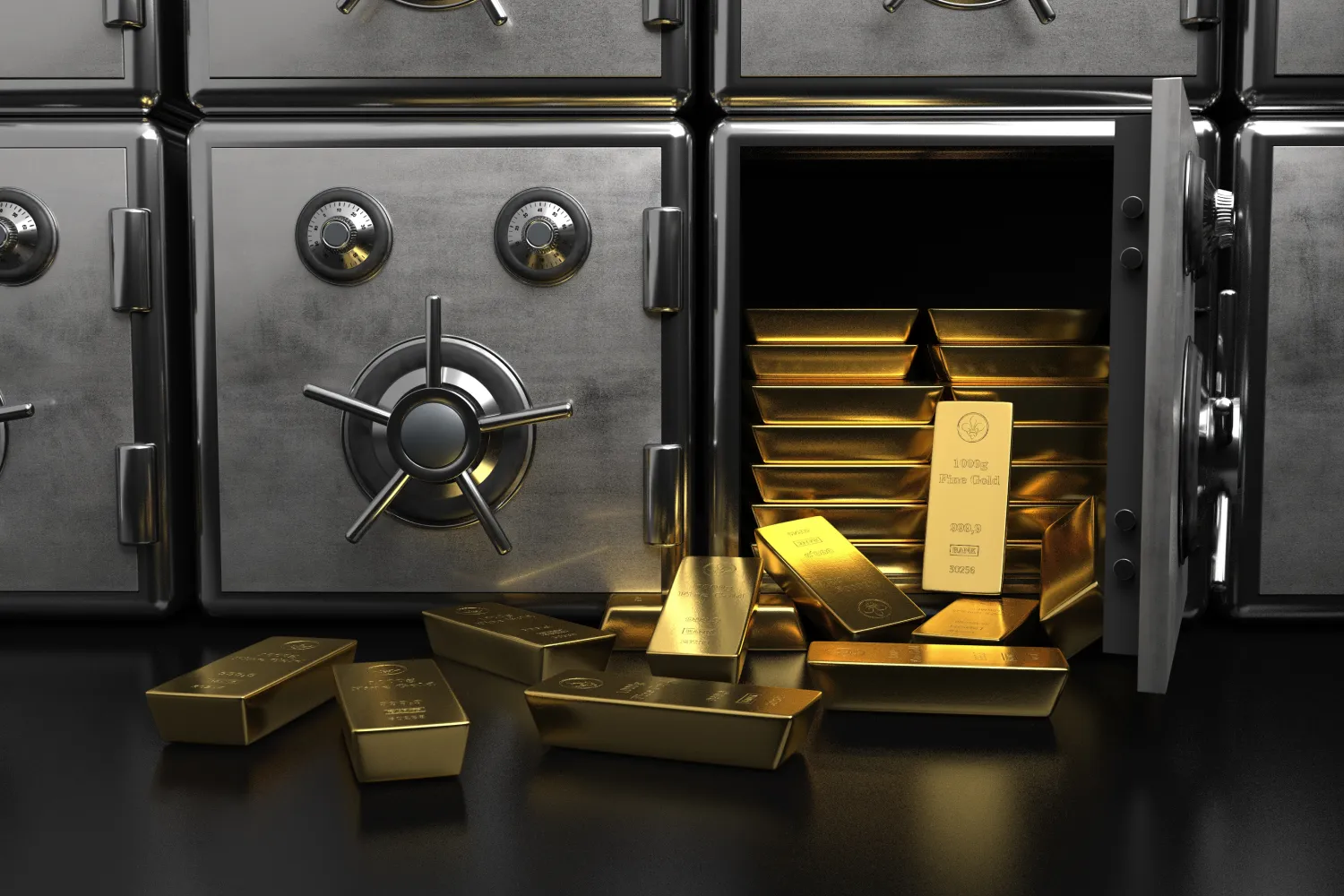


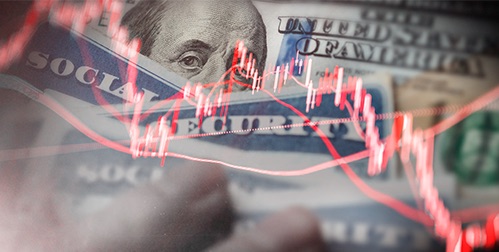




 6
6